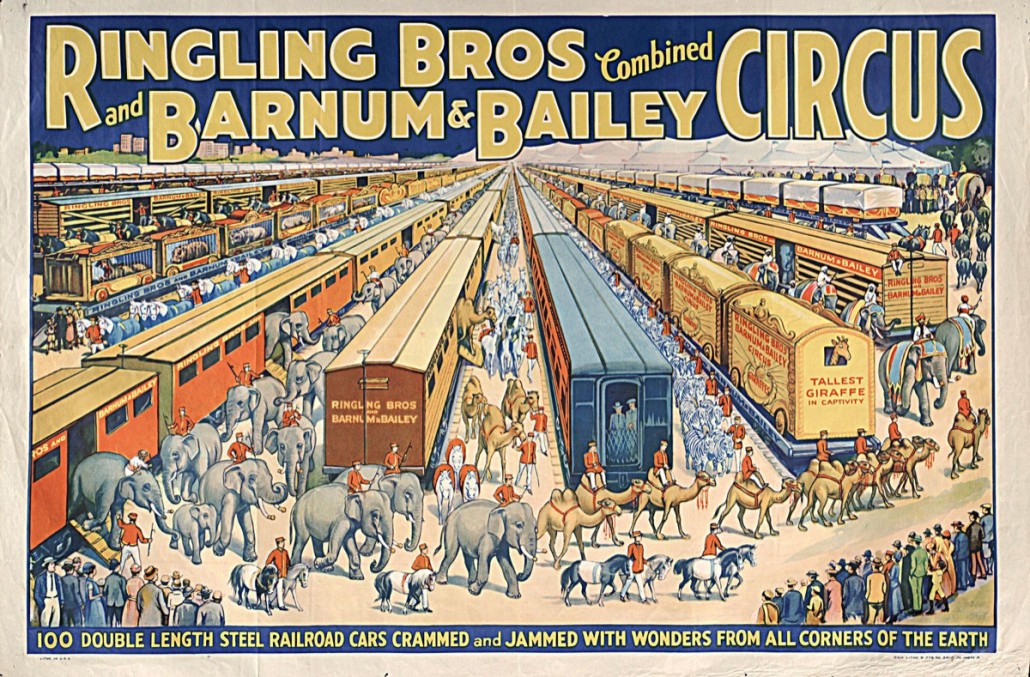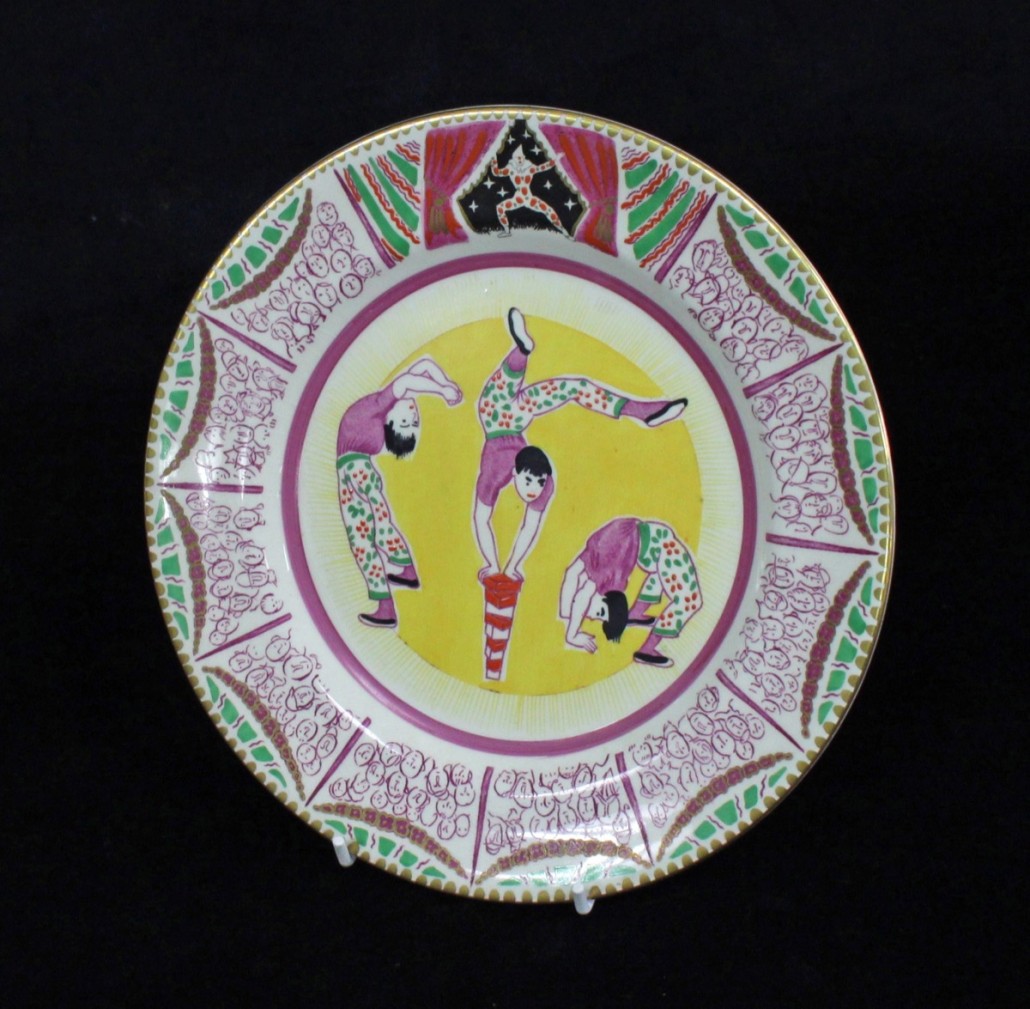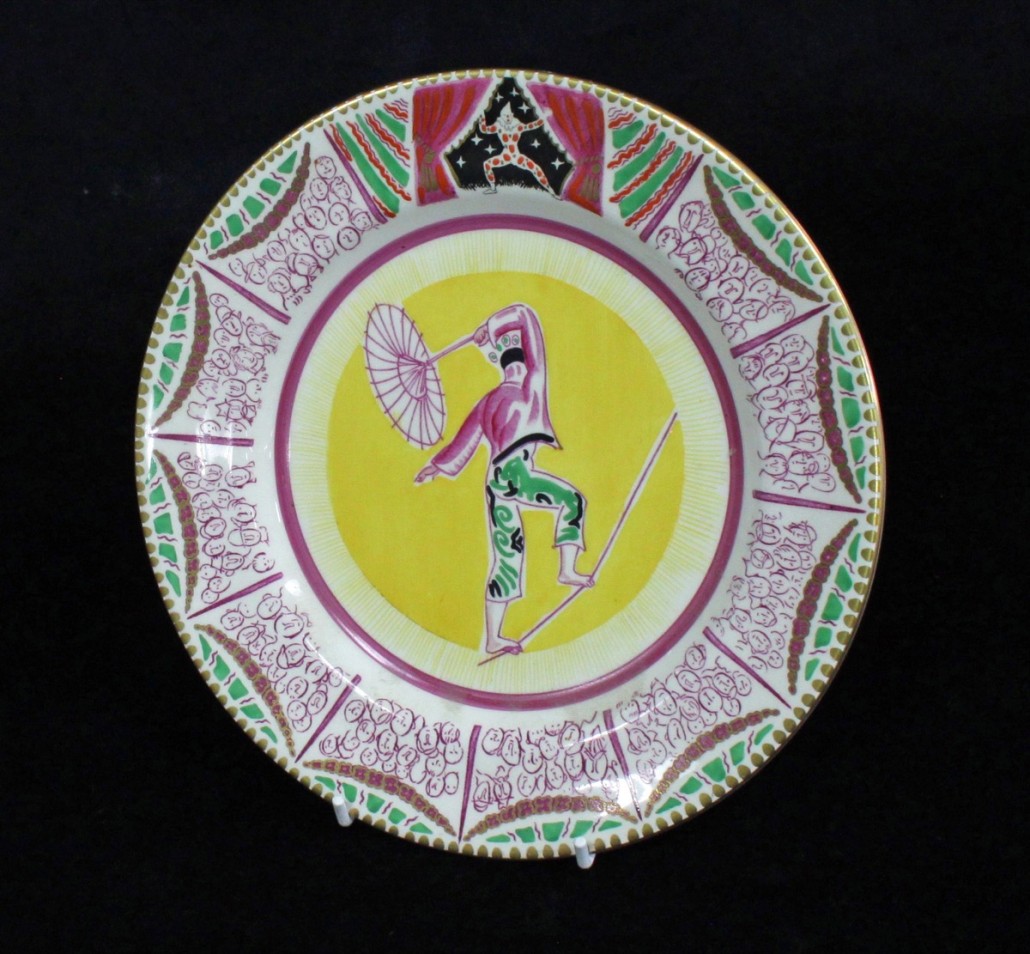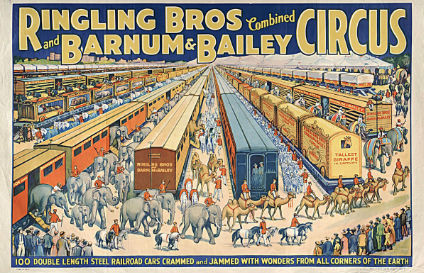
SARASOTA, Fla. – It’s impossible to visit Sarasota on Florida’s Gulf Coast and not come into contact with the legacy left to the city by the circus impresarios the Ringling family. We’ve left behind the rain-sodden United Kingdom and are here for our traditional annual holiday in the sun. In contrast to the UK, temperatures are hitting records in the mid-80s.
Iowa-born John Ringling (1866-1936) and his wife Mabel (1875-1929) built a massive circus empire that ultimately embraced both the Barnum & Bailey business and the American Circus Corp., which they acquired respectively in 1907 and 1929.
Looking for a winter home for staff and animals, they purchased 20 acres of waterfront in what was then a one-horse town and built the palatial Ca’ d’Zan mansion (Venetian for House of John) overlooking Sarasota Bay.
In subsequent years at auctions in New York and on travels in Europe seeking new acts, the couple became conspicuous buyers of fine art and antiques. Today, the John and Mable Ringling Museum of Art, Florida State University, is one of the largest museum/university complexes in America.

Masterpieces by Rubens, van Dyck, Titian, Velazquez, El Greco and Gainsborough hang alongside Cypriot antiquities purchased from the Metropolitan Museum of Art, while a historic 18th century theater purchased from the Italian town of Asolo and reassembled in the grounds is a center for the performing arts. We watched West Side Story on stage there only the other night.
Amazing that it all grew from a three-ring circus.
Interestingly, it was John Ringling who helped create our own circus king, Bertram Mills (1873-1938), almost by accident. Both men had a love of horses – Mills bred them and judged at top international horse shows – and they met at the New York Horse Show.
A judge at the International Horse Show at Olympia in West London, Mills invited the American showman to bring his Ringling Bros and Barnum & Bailey Circus to perform in the capital for the 1920/1921 winter season. A shortage of transport facilities so close to the end of the Great War caused the plan to fall through. Undaunted, Mills decided he would produce a circus of his own.
His Great International Circus ran from Dec. 17 to Jan. 24 to great acclaim and what became known as Bertram Mills Circus was taken on the road by his two sons, Cyril and Bernard. It ran until rising costs forced its closure in 1967.
One of the visitors to that Olympia run of performances at was Derbyshire-born artist Dame Laura Knight (1877-1970), and clearly the experience delighted her. Already renowned for her depictions of the ballet and gipsy life, Knight, who by now was gaining a reputation as one of the most important women artists in Britain, actually toured with the Mills circus in 1929 and 1930, painting its characters directly onto the canvas at breakneck speed as they performed.

Biographer Janet Dunbar wrote: “He (Mills) gave her permission to go where she liked during rehearsals, and soon she was producing studies of trapeze artists, acrobats, tumblers, jugglers, contortionists, as well as dwarfs, clowns and the circus animals.
“She painted a huge canvas, Charivari, which brought in nearly everyone in circus life; it was exhibited at the Royal Academy summer exhibition in 1929 and was caricatured in Punch with politicians portrayed as the various circus performers.”
Interestingly, in 1934, a project prompted by the Prince of Wales called “Modern Art for the Table,” was launched with an exhibition at Harrods. Innovative Potteries ceramics designer Clarice Cliff had been drafted as its art director and for the two years prior to its opening, the demands of the exhibition had frustratingly deflected from her real love of designing and making her famous Bizarre pottery.
Her task was to personally translate designs submitted by 24 leading artists of the day into decorations suitable for a limited edition series of tableware. Notable names included Duncan Grant, Paul Nash, Barbara Hepworth, Vanessa Bell and, surprise, surprise, Dame Laura Knight. The response from both press and public was lukewarm.
The exception was a complete table service with matching glassware called “Circus” by Knight based on her series of paintings on the same theme. When popular singer Gracie Fields purchased a 12-piece set at the exhibition, its success was assured.

The exhibition moved to the Royal Academy in 1935 and then went on a UK-wide tour titled “British Art in Industry.” In 1936, it toured Australia where the Wirth family, which owned the largest touring circus in Australia, purchased a 58 pieces of the set. Soon every fan of both Clarice Cliff ceramics and circuses wanted to own a piece, but few could afford it.
The plates are decorated to look like circus rings. Around the rim is a sea of faces, while in the middle of each is a different act: clowns, trapeze artists, performing horses and a high-wire act, produced using a pink printed outline and then enameled by hand.

Cliff produced an entirely new range of shapes for the design: gravy boats have circus performers as handles; two chubby clowns sitting back to back form the base of candlesticks, while a 2-foot-tall lamp base is formed from various circus acts balancing one on top the other to form a column.
Back in the day, only a handful of wealthy folk could afford the £70 for a dinner service for 12, with the result that relatively few pieces were produced and the pottery manufacturers, Wilkinson, lost money. Today, examples are pricey rarities. However, it’s a relatively inexpensive way to own a Dame Laura Knight original, even if it is served up on a plate.
___
By CHRISTOPHER PROUDLOVE




